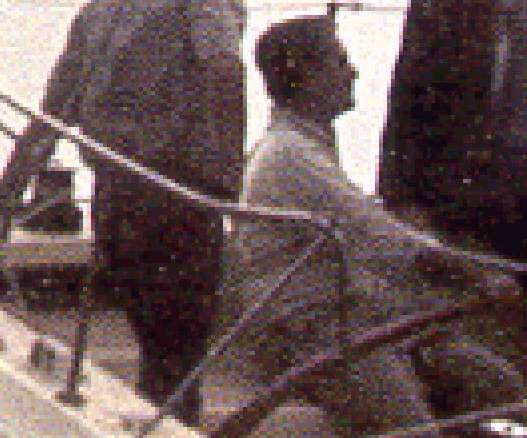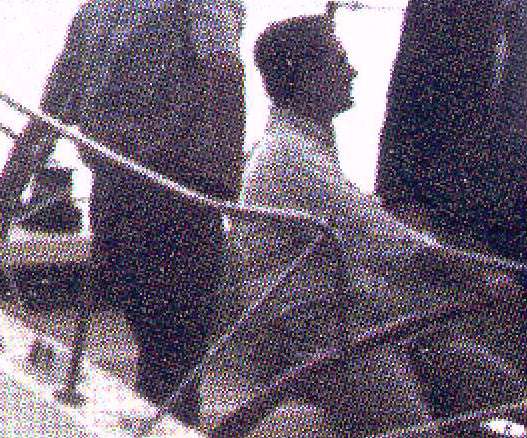

| Scanning Brochures |
Resolution - Isn't 1,200 dpi best?
I scan brochures at 150 dpi. I did some experimenting and found that there was really no gain in quality in going to a finer scan and there may actually be a reduction in quality and file compactness (after conversion to jpeg). Look at the two examples below. One was scanned at 150 dpi the other at 300. The 300 dpi scan leaves a pattern on the reduced image. This is an artifact of the printing process for the brochure. When you get down to 300 dpi you are scanning at a greater resolution than the original printing and seeing the dots that make up the image. But since the dot size is not exactly matched to the pixel size you get these patterns. If you take the 300 dpi scan and re-sample to 150 the resulting file can be as much as 2x the size of the original 150 dpi file.
I have found the best results at 150 dpi. If you can scan at 150 dpi to a tiff file (or BMP) and mail it to me on a CD (email me for address). If you want to email the files don't send the tiffs. The tiff for a 150 dpi scan of a standard page will be about 6MB. Converting to a low compression jpeg will get you down to about 700K with a little loss in quality. That's still pretty big for email but I can do it. Contact me first (dan@pearsoninfo.net) so I know it's coming (I am wary of email attachments in general).
150 DPI Scan 
|
300 DPI Scan reduced 2x 
|
150 DPI Scan enlarged 4x - file size=36K
|
300 DPI Scan enlarged 2x- file size=70K
|
A word about scanners
Not all scanners are created equal. They typically have more then enough resolution for anything the average person wants to scan but the difference you pay for is a characteristic called gamma range. This is basically the number of tones the scanner can detect between white and black. More gamma range means better rendering of the all important mid-tone range (where most of the action happens in a photo). Cheaper scanners have smaller gamma range but it's not typically a spec that you see when you buy. I bought an HP 4200 scanner (about $200) and didn't like it. I returned it and got an HP6200 (about $400) and found the image quality was better. The gamma range was the real difference in the two. I would say the 6200 is in the upper middle of the quality range for typical consumer scanners.
A word about color (bit) depth
Should you scan at 16 bit or 24 bit or 32 bit? More is better right? Of course my answer is not necessarily. As you increase the bit depth you get more possible colors in the image. Here's what you get at the different settings:
| Bits | Colors | File Size (640x480) |
| 8 | 256 | 307,200 |
| 16 | 65,536 | 614,400 |
| 24 | 16,777,216 | 921,600 |
| 32 | 4,294,967,296 | 1,228,800 |